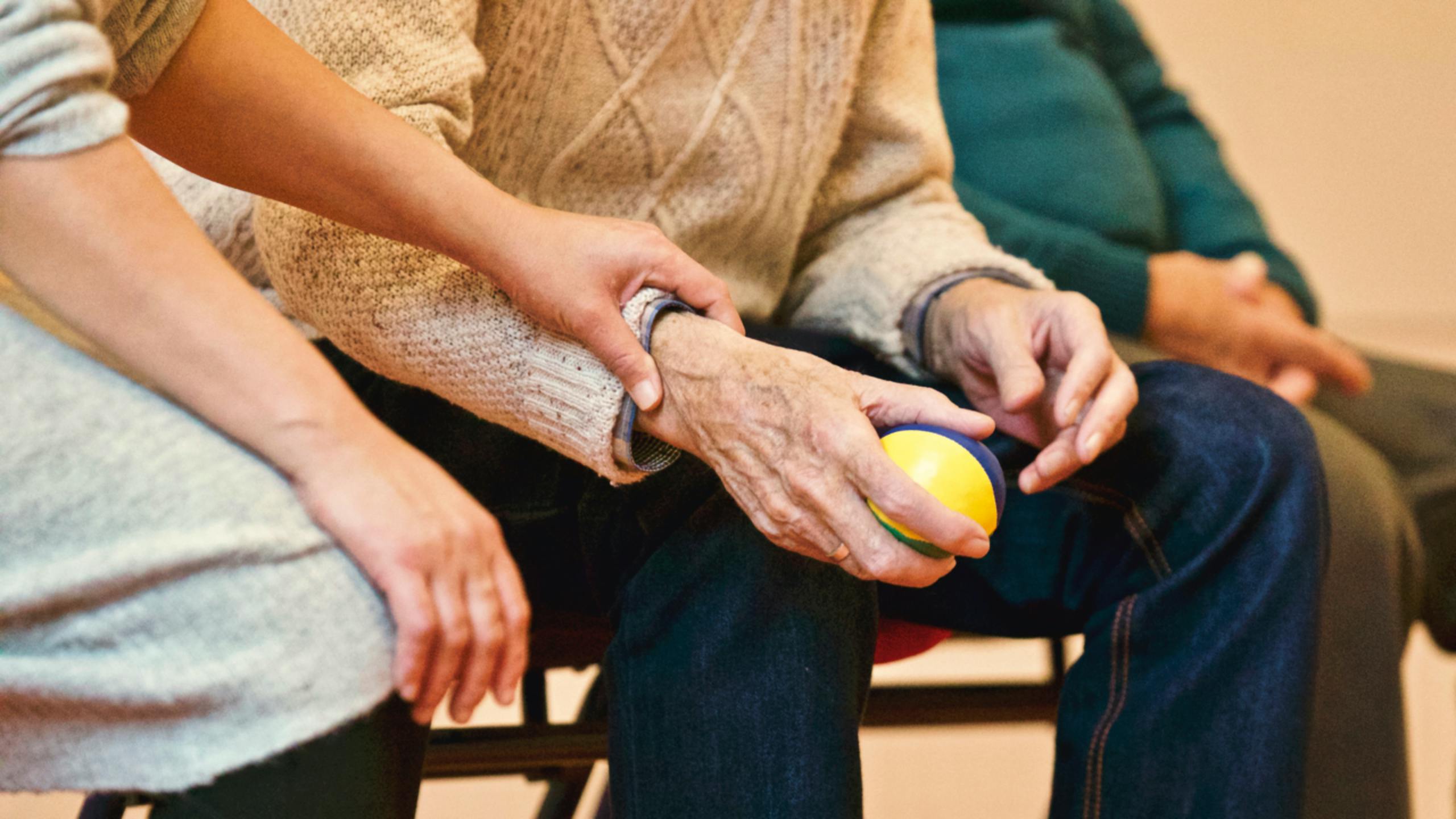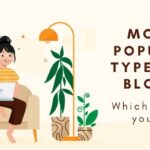When Shawn Connolly was diagnosed with Parkinson’s disease nine years ago, he was a 39-year-old daredevil on a skateboard, flipping and leaping from walls, benches, and dumpsters through the streets of San Francisco. He appeared in videos and magazines and had sponsorships from skateboard makers and shops.
But gradually, he began to notice that “things weren’t really working right” with his body. He found that his right hand was cupping, while his balance and alignment started to seem off.
Over time, he developed a common Parkinson’s pattern, fluctuating between periods of calcified slowness when, he said, “I could barely move.” A couple of years ago, Connolly volunteered and became a participant in a study exploring in innovative approach to deep brain stimulation.
Researchers transformed deep brain stimulation — an established treatment for Parkinson’s — into a personalized therapy that tailored the amount of electrical stimulation to each patient’s individual symptoms. The researchers found that for Connolly and the three other participants, the individualized approach, called adaptive deep brain stimulation, cut in half the time they experienced their most bothersome symptom. The study also found that in most cases, patient’s perceived quality of life improved. It represents the strides being made in using brain implants and artificial intelligence to personalize treatment for neurological and psychiatric disorders — essentially developing peacemakers for the brain.
Recent experiments have been begun individualizing brain stimulation for depression, obsessive compulsive disorder and chronic pain. While much more research is needed, several experts predicted that some versions of brain peacemakers could be available within five or 10 years. Deep brain stimulation, which has been used for years for Parkinson’s, is typically introduced when patients have achieved what benefit they can from medications containing levodopa, a drug that combats the deficit of the hormone dopamine that drives Parkinson’s disease.
Under conventional deep brain stimulation, patients receive a constant level of electrical pulses. While it helps most of patients, many eventually reach a plateau or, because it does not adjust to a patient’s experience, the stimulation may be too much or too little and lead to drastic swings between periods of rigidity and unbridled motion. In recent years, neuroscientists have identified brain signals that correspond to phases of stiffness, called bradykinesia, and phases of uncontrolled movement, called dyskinesia. In the new study, researchers used methods derived from AI to devise a personalized algorithm for each patient and a way to detect and respond to brain activity as the patient’s symptoms fluctuated.
“The brain changes in its needs moment to moment, hour to hour, week to week.” “So it’s been a dream to make these stimulators self-regulating.”
The individualized system in the study reads signals from two separate brain areas and delivers more electrical stimulation when patients enter periods of stiffness and less when they begin phases of involuntary movement. The study’s participants were men in their 40s through 60s who had been diagnosed with Parkinson’s at least six years earlier. First, electrodes were implanted in their brains a nd they received conventional deep brain stimulation for months, until they had benefitted as much as they could from that.
Then researchers began developing personalized algorithms for the patients, primarily focusing on the symptom each patient found most bothersome. For three patients, including Connolly, that symptom was stiffness. For the fourth patient, it was involuntary spasms called dystonia. At intervals of two to seven days over a period of two months, the system would change to deliver either conventional stimulation or the personalized version. Neither the patients nor most of the research team knew which type of stimulation was being delivered when.
Patients completed questionaries daily, and wearable monitors tracked how their movements changed. Most patients went from experiencing their worst symptoms for about 25% of the day to about 12% of the day.
Adaptive stimulation, also decreased those symptoms severity. And, most importantly, it did not worsen — and in some cases, it improved — the “opposite” symptoms. (“Opposite” of stiffness was uncontrolled movement.)





